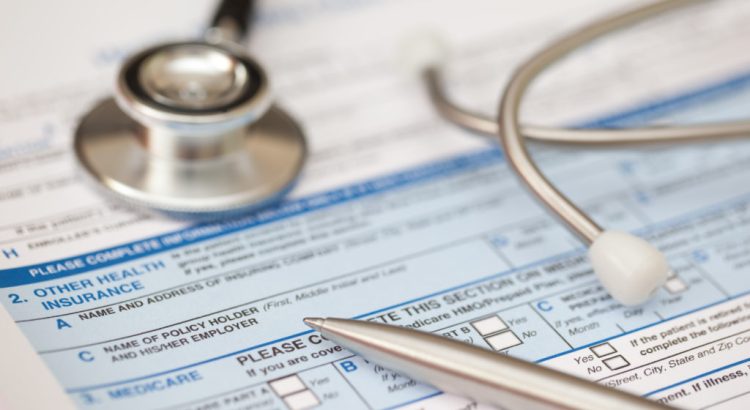Military personnel are required to attend jury duty just like any other citizen of the United States. However, if you are a member of the military and are currently serving on active duty, you may be able to get a …
Category: How to Write a Medical Research Paper

How To Write A Medical Assistant Cover Letter
Medical assistants play an important role in the medical field by helping physicians and nurses with tasks such as taking patient histories and recording vital signs. If you’re interested in becoming a medical assistant, it’s important to put together a …

How To Write A Letter Requesting Medical Records
A letter requesting medical records can be used to obtain copies of your health records from a doctor, hospital, or other medical provider. The letter should include your name, address, and phone number, as well as the name and address …

How To Write A Medical Authorization Letter
When someone is incapacitated, their loved ones may need to authorize medical treatment on their behalf. This is done by writing a medical authorization letter.
The letter should include the name of the person authorizing the treatment, the name of …

How To Write A Cv For Medical School
A CV (curriculum vitae) is a document that summarizes your education, work experience, and other accomplishments. When applying to medical school, you will need to submit a CV along with your application.
Your CV should be well-organized and easy to …

How To Write A Curriculum Vitae For Medical School
A curriculum vitae (CV) is a document that outlines an individual’s education, work experience, and other accomplishments. A CV is often used when applying for jobs, scholarships, and other opportunities. When applying to medical school, a CV can be an …

How To Write A Case Report For A Medical Journal
Case reports are one of the most important types of articles in medical journals. They allow doctors and researchers to share their experiences with specific cases, helping to improve diagnosis and treatment. Writing a case report can be a daunting …

How To Write Prescriptions Medical Student
A prescription is a written order from a licensed healthcare provider to a pharmacist, which authorizes the pharmacist to provide medication to a patient. Prescriptions are a critical part of the medication-use process, and it is important for medical students …

How To Write Medical Progress Notes
Medical progress notes provide a written account of a patient’s clinical progress. They are used to document changes in the patient’s condition, as well as to record treatment plans and goals. In order to write effective medical progress notes, it …

How To Write Medical Leave Letter
When an employee is ill and needs to take time off from work, they may need to write a medical leave letter to their employer. A medical leave letter can be used to request time off for a specific illness …

